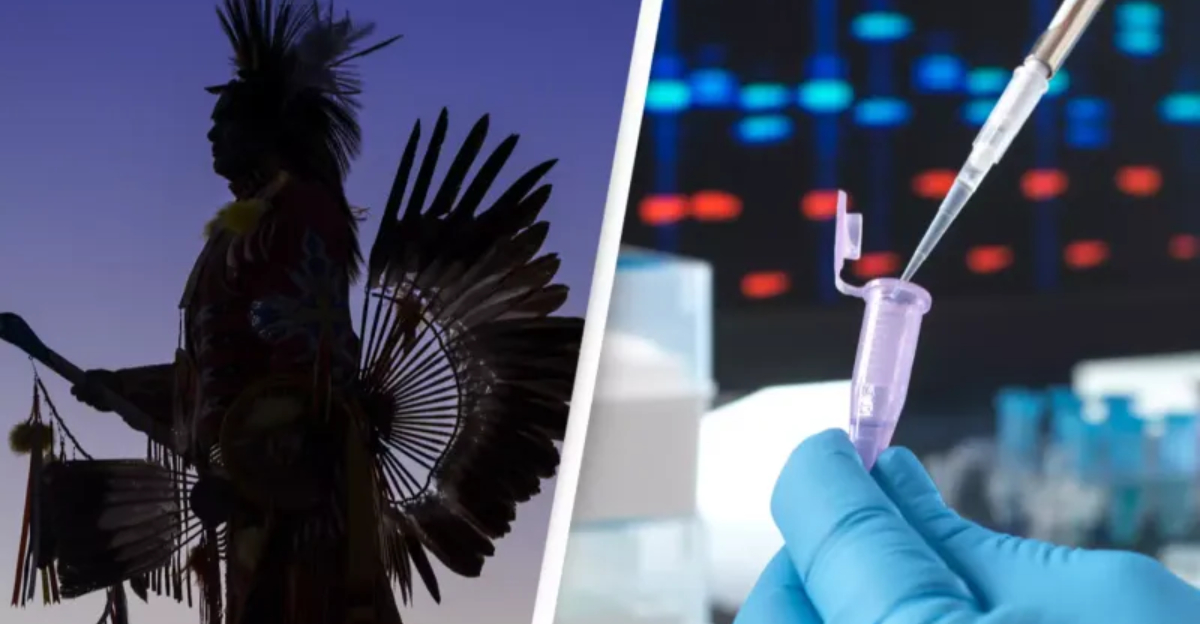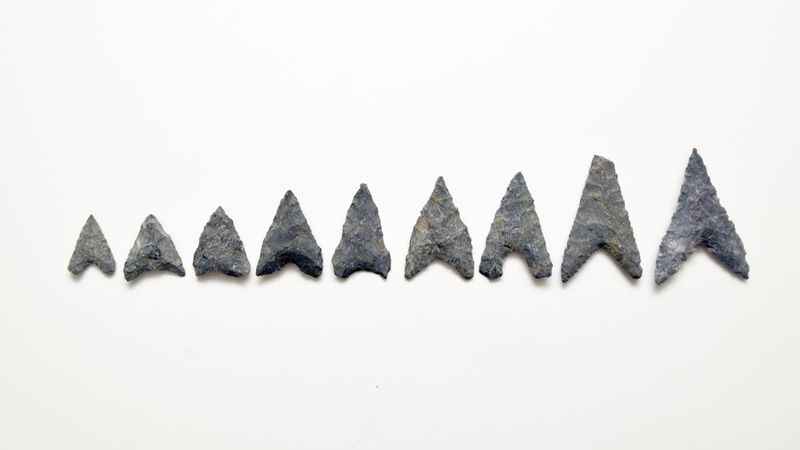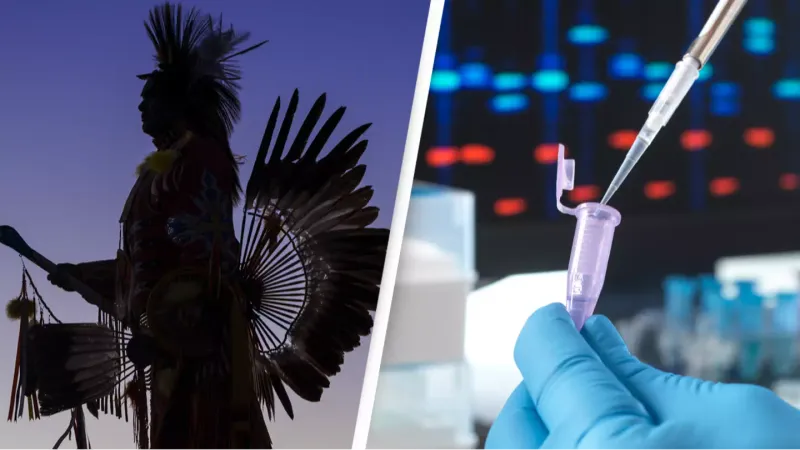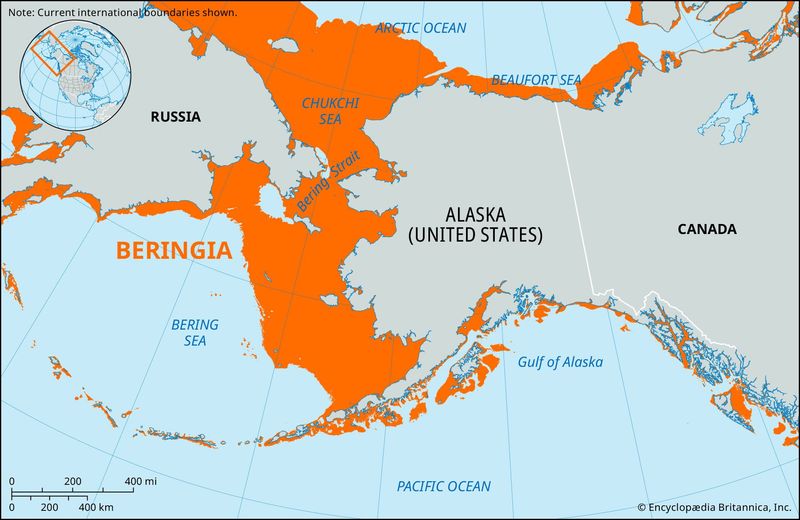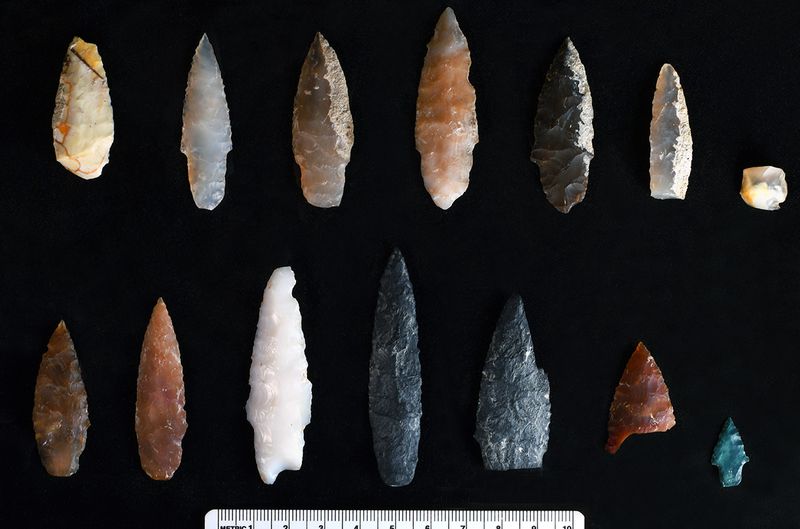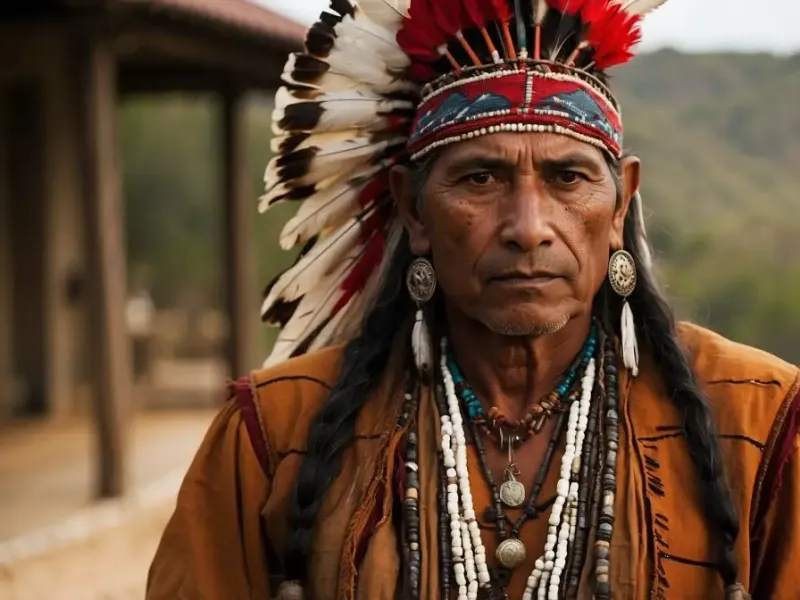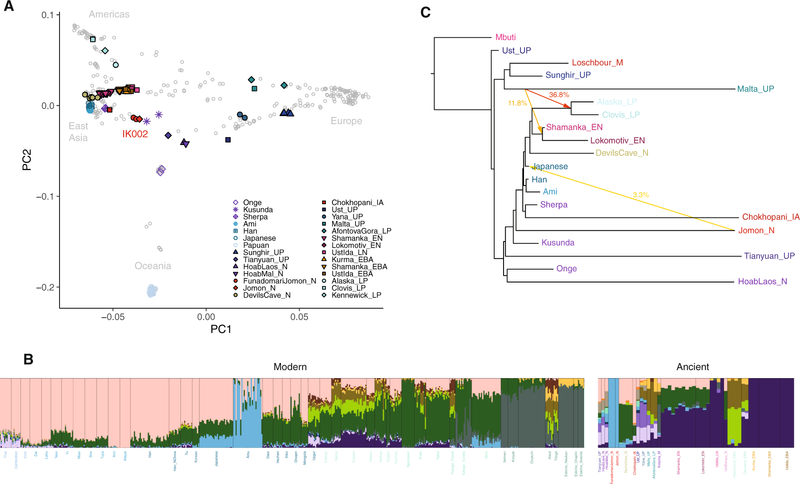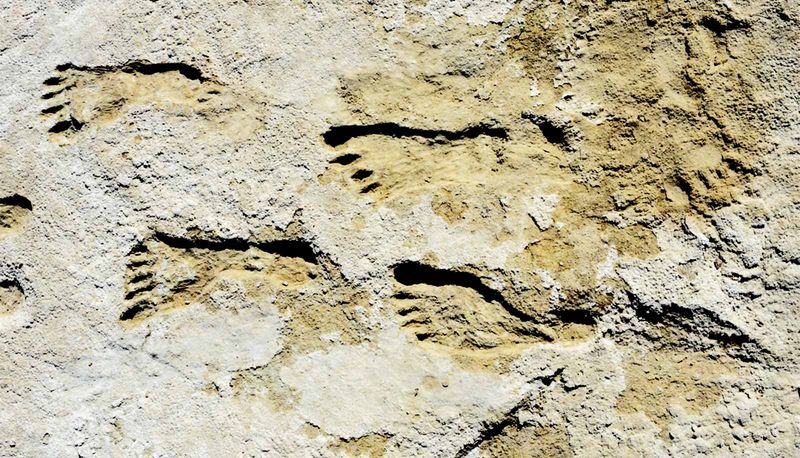A groundbreaking new study has completely changed our understanding of where Native Americans came from. Scientists have been working hard to solve this mystery for years, using tools like genetics and dental studies.
What they’ve found challenges the old idea that Native Americans descended from the Jomon people of Japan, pointing instead to Siberia as their likely homeland.
1. The Jomon Theory Is Losing Ground
Scientists are abandoning a long-held theory about Native American ancestry. For decades, researchers believed early Americans descended from the Jomon people of ancient Japan, mainly because of similar stone tools found in both regions. Modern science now tells a different story. Advanced genetic testing and biological evidence don’t support this connection at all. The similarities in tools might just be coincidental—like how both ancient Egyptians and Mayans built pyramids without ever meeting each other.
2. Scientists Looked at Teeth—Not Just Tools
Teeth tell a more reliable story than tools when tracing human ancestry. Unlike stone artifacts, dental features are biological and directly linked to our genetic makeup. Researchers examined specific bumps, grooves, and shapes of teeth from ancient remains. These dental characteristics are like fingerprints passed down through generations. When comparing Native American teeth with Jomon samples, the differences were striking and impossible to ignore. This approach represents a major shift in archaeological methods, prioritizing biological evidence over cultural artifacts.
3. Only 7% of Dental Samples Matched
The numbers speak volumes in this groundbreaking research. When scientists analyzed dental patterns across numerous Indigenous American populations, they found a shocking statistic: only 7% showed any similarity to Jomon dental structures. This tiny percentage can’t support the theory of Japanese ancestry. For comparison, when populations share a common ancestor, we typically see overlap percentages of 30% or higher. Arctic Native populations were excluded from this particular analysis because they represent later migrations, making the 7% figure even more significant for the earliest Americans.
4. Genetics Don’t Back It Up Either
DNA evidence delivers another blow to the Jomon theory. Researchers analyzed mitochondrial DNA (passed from mothers) and Y-chromosome DNA (passed from fathers) from ancient remains and found zero genetic overlap between Jomon and Native American populations. These genetic markers act like historical breadcrumbs, allowing scientists to trace human migration patterns with remarkable accuracy. The complete absence of shared genetic lineages speaks volumes. Modern genetic sequencing techniques have revolutionized our understanding of human history, providing clarity where archaeological evidence alone couldn’t.
5. Siberia Is Now the Most Likely Source
Follow the evidence and it leads straight to Siberia. Both genetic and dental data point to this vast northern region as the ancestral homeland of Native Americans, not Japan as previously thought. Siberian populations share significant biological markers with Indigenous Americans. The harsh Siberian environment also explains certain adaptations found in Native American populations, like specific body proportions that conserve heat. This finding aligns perfectly with the Beringia land bridge theory—the idea that early humans crossed from Asia to North America over a now-submerged land connection.
6. The Archaeological Tool Similarities Might Be Coincidental
Sometimes, similar problems create similar solutions. The stemmed stone tools found in both Japan and North America—once considered smoking-gun evidence of a connection—may simply represent parallel evolution of technology. Humans worldwide independently developed comparable tools when facing similar challenges. Ancient people in Australia created tools resembling those in Africa without any contact between these populations. This phenomenon, called convergent evolution, occurs when unrelated groups develop similar traits or technologies in response to similar environmental pressures—no genetic connection required.
7. The Research Team Included Experts in Dental Biology and Genetics
Behind every scientific breakthrough stands a team of specialized experts. Anthropologist Richard Scott led this research revolution, bringing decades of experience in dental anthropology to the table. Geneticists Dennis O’Rourke and Jennifer Raff contributed cutting-edge DNA analysis techniques. Their combined expertise created a powerful multidisciplinary approach that previous studies lacked. This collaboration represents modern archaeology at its best—combining biological, cultural, and genetic evidence rather than relying on a single type of data. By merging these scientific disciplines, the team produced findings far stronger than any single-approach study.
8. Japan Had More Migrations Than Previously Believed
Japan’s population history just got more complicated. Recent genetic studies reveal three distinct migration waves shaped modern Japanese populations—not two as previously thought. The earliest settlers, the Jomon, were joined by later arrivals from the Asian mainland. This complex history further weakens any proposed simple connection between Jomon people and Native Americans. Understanding these multiple migrations helps explain why cultural similarities might exist without genetic connections. Each wave brought new technologies and practices, creating a rich archaeological record that can be misinterpreted if viewed through an oversimplified lens.
9. Ancient DNA from Alaska Also Supports the New Theory
Alaska holds crucial pieces of this ancestry puzzle. O’Rourke and Raff’s previous research on Ice Age remains from Alaska already pointed toward Siberian origins for Native Americans. One particularly important discovery came from a child’s remains found at the Upward Sun River site in Alaska. Dating back 11,500 years, this ancient DNA clearly shows Siberian genetic markers. The new study builds upon this foundation, creating a consistent picture of human migration. These Alaskan findings serve as a critical geographic and chronological bridge between Siberian ancestors and populations that later spread throughout the Americas.
10. Human Footprints in New Mexico Add a Twist
Footprints never lie. The discovery of human footprints at White Sands, New Mexico, dated to an astonishing 23,000 years ago, has rewritten the timeline of human presence in North America. These impressions in ancient mud push back the date of human arrival by thousands of years. Yet even with this earlier timeline, the evidence still doesn’t support a Jomon connection. The footprints belong to various individuals, including children, suggesting established communities existed in North America much earlier than previously thought. This discovery complicates our understanding of migration patterns without supporting a Japanese origin.
11. The Samples Were Younger—But Still Telling
Critics point to a potential weakness: the Jomon samples studied were relatively young—less than 10,000 years old. However, this doesn’t invalidate the findings. Dental and genetic traits remain remarkably stable within populations over thousands of years. Modern researchers regularly use more recent samples as reliable proxies for ancestral groups. The Jomon culture existed in Japan for over 10,000 years with remarkable continuity. This stability makes even younger Jomon samples valid representatives of the population that would have existed during the time of American migration, strengthening the study’s conclusions despite this limitation.
12. The Bering Land Bridge Theory Still Holds
While the Japanese connection falls apart, the Bering Land Bridge theory stands stronger than ever. This natural land connection between Asia and North America emerged during the Ice Age when sea levels dropped dramatically. Early humans likely followed animal herds across this bridge, gradually populating a new continent. The research confirms people crossed from Asia—just from Siberia, not Japan. Beringia wasn’t just a narrow strip but a massive region thousands of miles wide. For several thousand years, it existed as its own biome where people could live for generations before continuing southward as the ice sheets retreated.
13. This Changes the Narrative on Human Migration
Scientific revolutions don’t happen overnight. This study represents decades of work across multiple disciplines finally coming together to reshape our understanding of human history. By combining biological, archaeological, and genetic approaches, researchers have created a more nuanced picture of the First Peoples’ journey. The findings encourage us to question assumptions and remain open to new evidence. This research doesn’t just change our understanding of Native American origins—it transforms how we approach questions about human migration globally. The multidisciplinary approach sets a new standard for studying ancient population movements.
